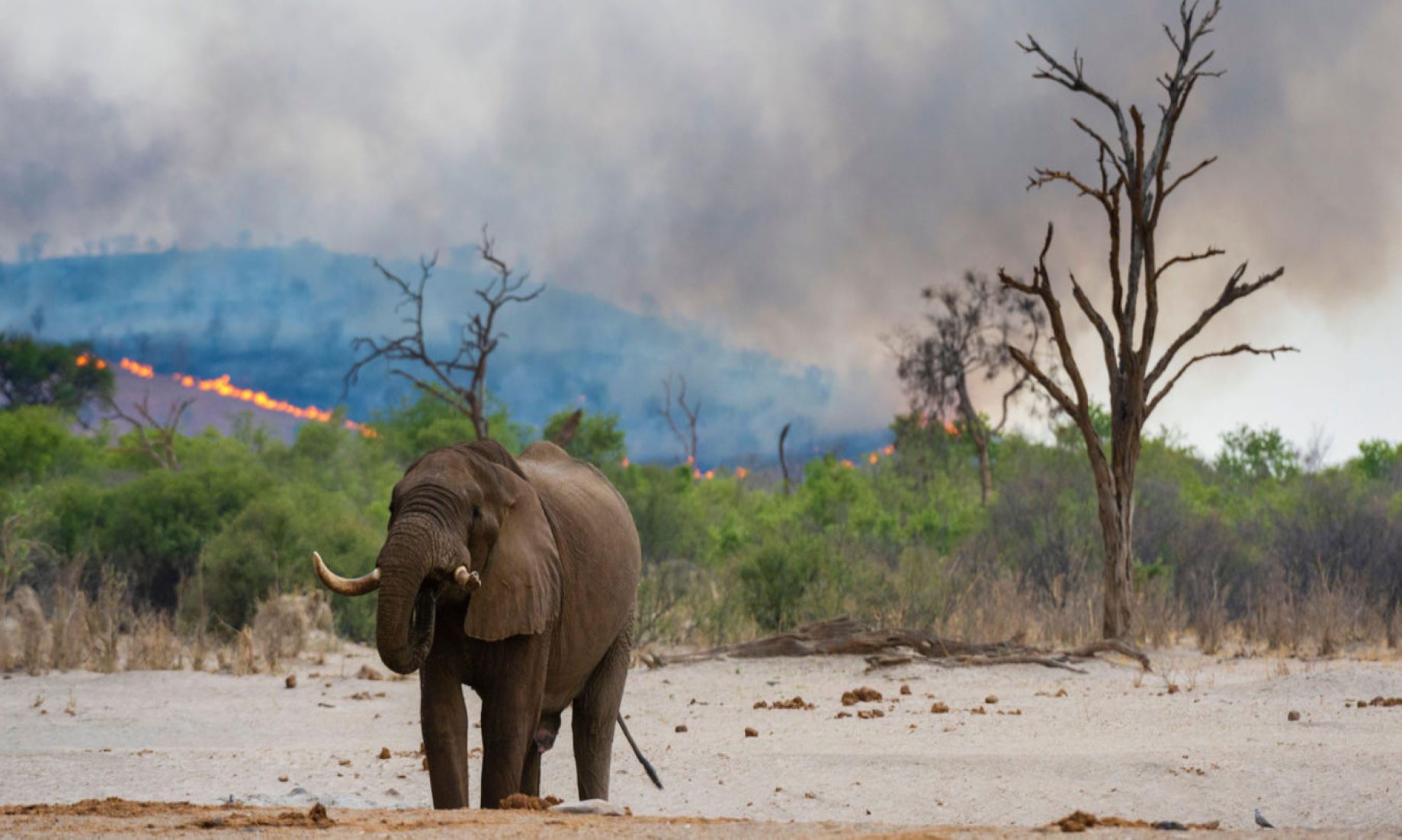CANBERRA, Dec 17 (NNN-AAP) – More than a quarter of the world’s biodiversity will be wiped out by the year 2100, as a result of climate and land use changes, Australian researchers found.
In research published today, a team from South Australia’s Flinders University, and the European Commission, used a new tool to conduct unparalleled modeling of interconnected species loss.
They found that, cascading extinctions are unavoidable and will lead to the Earth losing 10 percent of its flora and fauna by 2050, and 27 percent by 2100, concluding that, the world is in the throes of its sixth mass extinction event.
By using one of the world’s most powerful supercomputers, Flinders University ecologist, Corey Bradshaw, and Giovanni Strona from the European Commission and the University of Helsinki, created a virtual Earth to assess extinction trajectories.
“Children born today, who live into their 70s, can expect to witness the disappearance of literally thousands of plant and animal species, from the tiny orchids and the smallest insects, to iconic animals, such as the elephant and the koala,” Bradshaw said, in a media release.
It is the first time such a model has incorporated co-extinctions – species that die out because other species that they rely on go extinct.
“Think of a predatory species that loses its prey to climate change. The loss of the prey species is a ‘primary extinction’ because it succumbed directly to a disturbance. But with nothing to eat, its predator will also go extinct,” Bradshaw said.
“Or, imagine a parasite losing its host to deforestation, or a flowering plant losing its pollinators because it becomes too warm. Every species depends on others in some way.”– NNN-AAP






